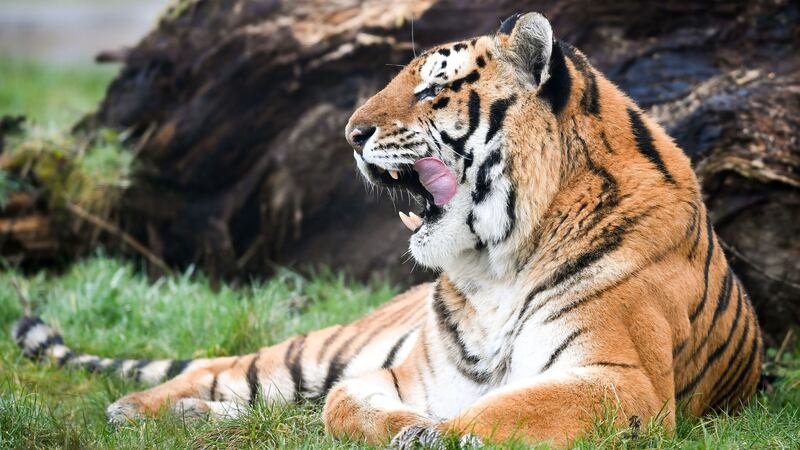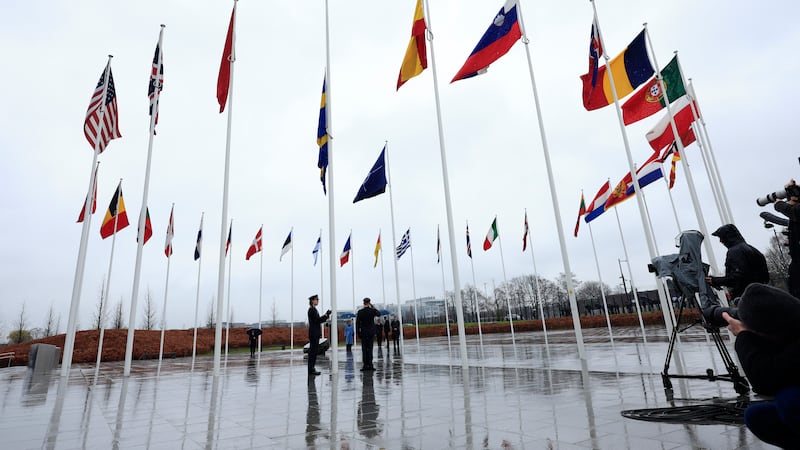Around one in five land-based species is traded on the global wildlife market, scientists say.
Researchers found that 5,579 vertebrate species have been reported as traded, including mammals, birds, reptiles and amphibians.
The study, which includes scientists in Sheffield, is the first to highlight the substantial risk to other species, predicting that up to 3,196 additional species are at risk of going extinct due to trade.
Scientists analysed data on more than 30,000 land-dwelling species to determine the proportion of globally traded animals.
They also identified that the hotspots of animal trade are concentrated in the biologically diverse tropics, specifically regions within the Andes and Amazon, sub-saharan Africa, South East Asia and Australia.
The wildlife trade is the biggest cause of species extinction, matched only by land development, and includes animals traded as pets or for by-products such as horns, feathers or meat.
According to the research, 5,579 of the 31,745 vertebrate species have been reported as traded so far.
Scientists say their assessment across the Convention on International Trade in Endangered Species of Wild Flora and Fauna (CITES), and International Union for Conservation of Nature (IUCN) databases yields a total that is 40% to 60% higher than previously recorded estimates.
A higher percentage of all birds – 23% of 10,278 species – and mammals – 27% of 5,420 species, are globally traded than reptiles – 12% of 9,563 species, and amphibians – 9% of 6,484 species.
Professor David Edwards, from the University of Sheffield’s department of animal and plant sciences, said: “Global wildlife trade is a billion dollar industry and our study highlights that there is a hyper-diversity of species entering the trade.
“We predict thousands more species could be at risk of trade in the future.
“In combination with those species already known to be traded, this represents a major extinction threat to several thousand species of birds, mammals, amphibians and reptiles.
“Without urgent focus on how to stem both the supply and demand for wild-caught species, there is a real danger that we will lose many traded species.”
The study, published in Science, also looked at the desirable traits of species likely to be traded.
Dr Brett Scheffers, assistant professor at the University of Florida, said: “Animals are valuable on the market because they have something special, for example brightly coloured birds are in demand, as are animals that are a source of ivory.
“If one species is traded, the chances are its evolutionary cousins are also traded.
“Once we discovered that pattern, we could develop a new model that would predict which species are likely to be traded in the future, even if they are not traded now.
“Once one traded species is exhausted, species with similar traits will become the target of trade.
“If we run out of one species of bright yellow bird, we move on to the next one most similar to it.”
The researchers say their findings could help the likes of eBay and Facebook screen transactions for at-risk species, as well as alert customs and export staff.








